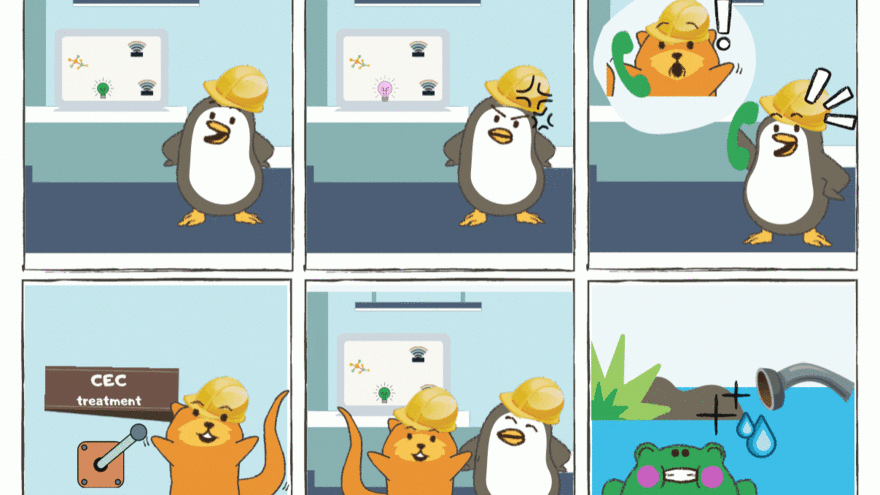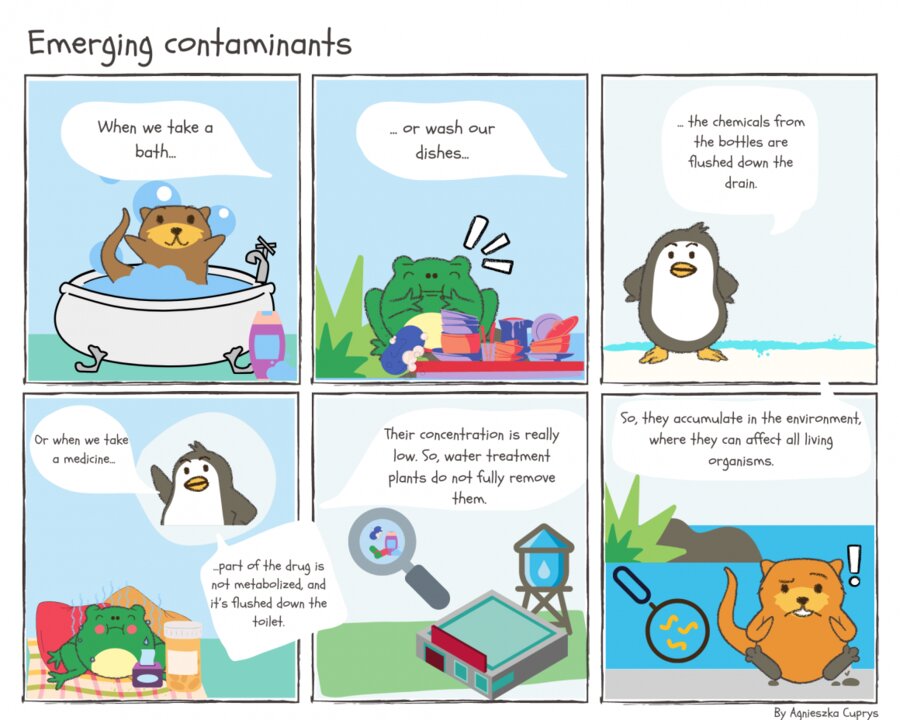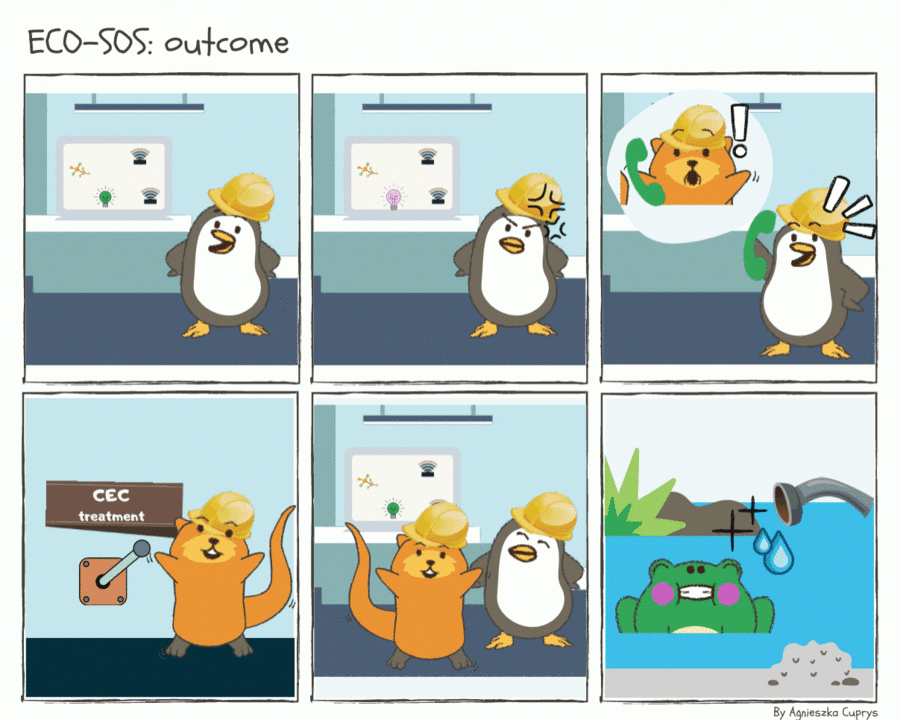About the ECO-SOS project
This EU-funded project will develop real-time control and monitoring systems as well as a novel, cost-effective, easy to use surveillance system to optimise the removal of emerging water contaminants.
Project summary
Goals and outputs
Project participants

- This project has received funding from the European Union’s Horizon 2020 research and innovation programme, Marie Skłodowska-Curie Actions, under grant agreement No 101032614.




